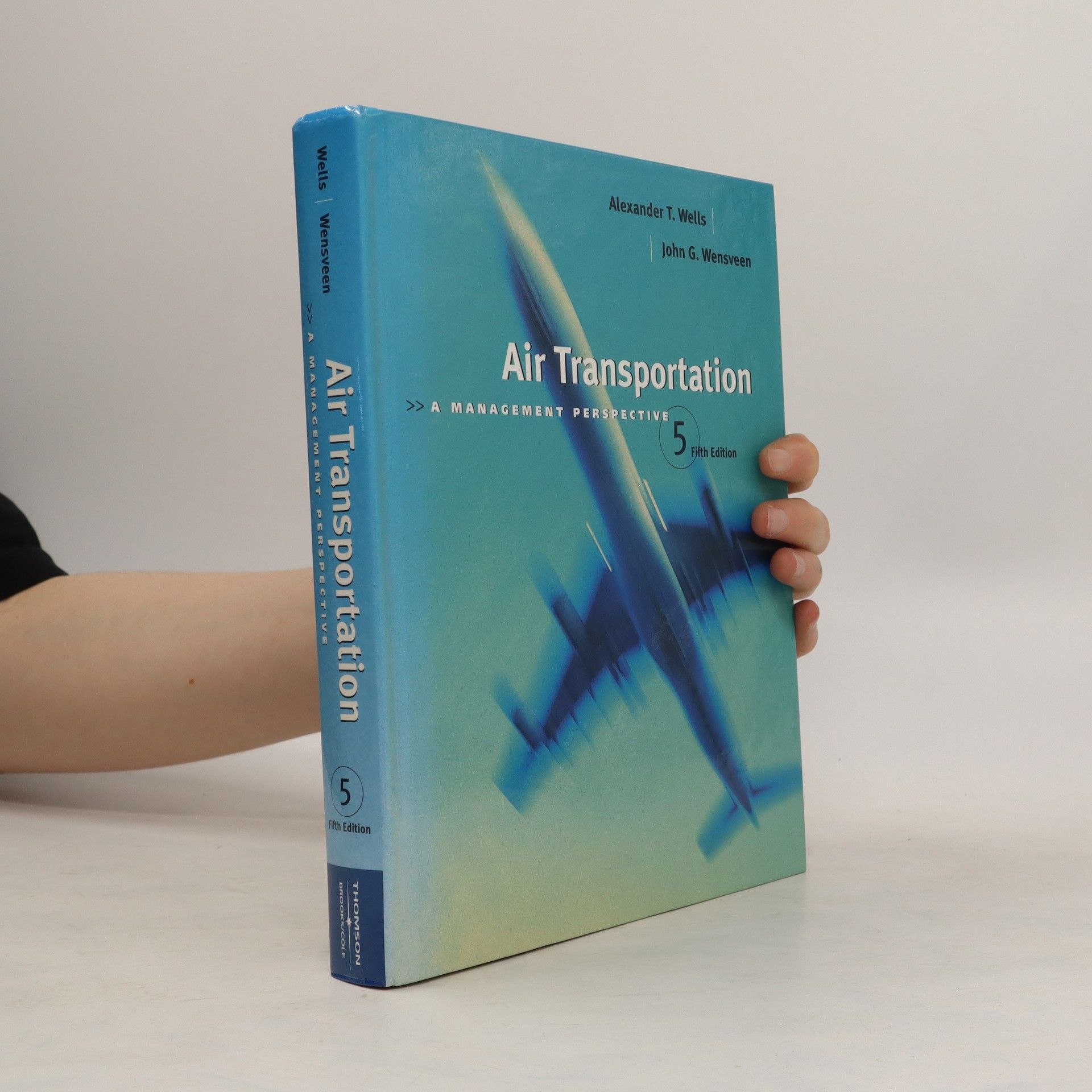Flexibility is vital for an airline to be successful in a competitive environment. Failure to understand the trends in the aviation environment could lead to failure. This work concentrates on business plan development suitable for airlines of different sizes, from single-engine single pilot operations to international jet operations.
John G. Wensveen Book order


- 2007
- 2004
Air Transportation
- 656 pages
- 23 hours of reading
Preface. Part I: AN INTRODUCTION TO AIR TRANSPORTATION. 1. Aviation: An Overview. 2. Historical Perspective. 3. Air Transportation: Regulators and Associations. 4. The General Aviation Industry. Part II: STRUCTURE AND ECONOMICS OF THE AIRLINES. 5. The Airline Industry. 6. Economic Characteristics of the Airlines. Part III: MANAGERIAL ASPECTS OF AIRLINES. 7. Airline Management and Organization. 8. Forecasting Methods. 9. Airline Passenger Marketing. 10. Airline Pricing, Demand, and Output Determination. 11. Air Cargo. 12. Principles of Airline Scheduling. 13. Fleet Planning: The Aircraft Selection Process. 14. Airline Labor Relations. 15. Airline Financing. Part IV: THE INTERNATIONAL SCENE. 16. International Aviation. Appendix: Career Planning in Aviation. Glossary. Index.